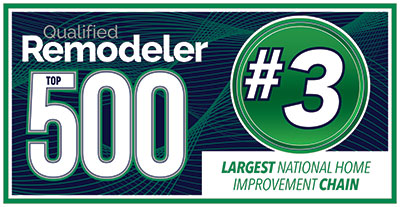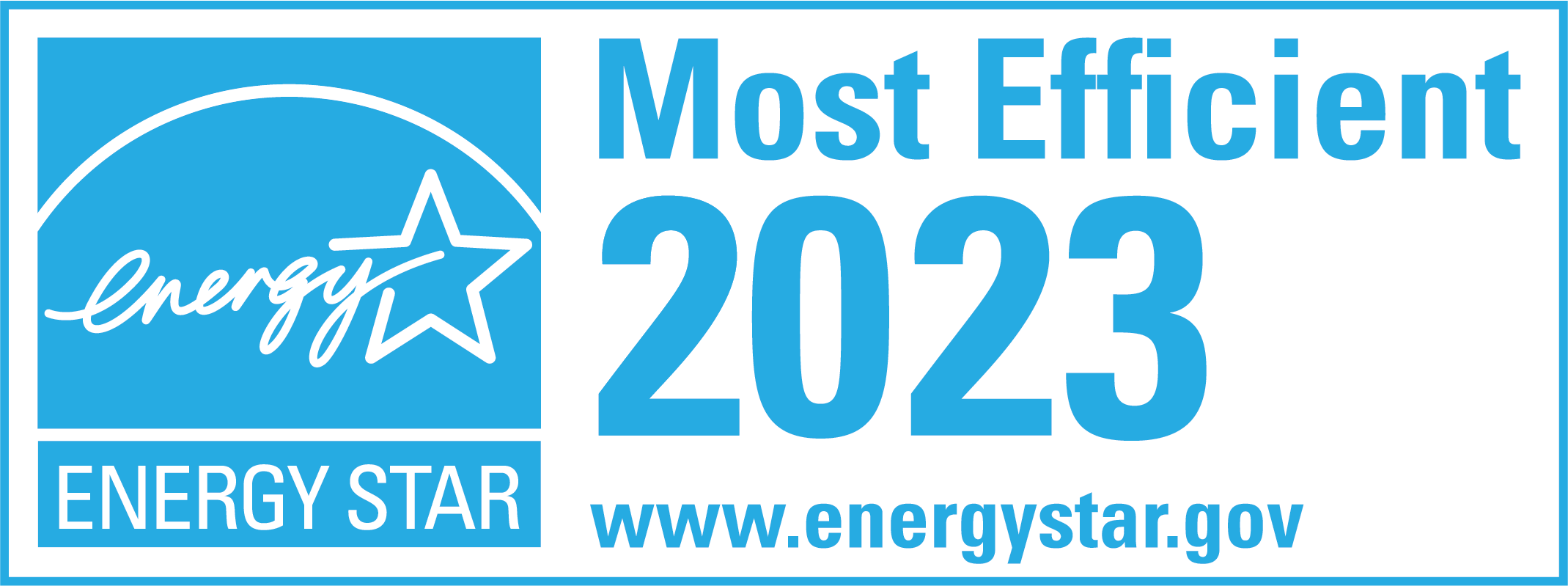What Is Lap Siding?
Lap siding is a popular exterior cladding material for residential and commercial buildings. It is made of overlapping horizontal boards, which are used to cover the exterior walls of a building. The style can vary depending on the type of material used and the desired aesthetic appeal. This article will explore the different types, their benefits, and their history.
What is it?
The boards are arranged so that each board is partially covered by the board above it. This overlapping design helps protect the building from elements like wind, rain, and snow. Additionally, this system allows for the natural expansion and contraction of the material, making it more durable against weather effects.
Definition and Purpose
It is popular with homeowners and builders due to its durability and weather-resistant properties. The overlapping design of the boards creates a barrier against the elements, preventing moisture from seeping into the walls of the building. This is important because moisture can cause rot, mold, and other damage to the structure of the building.
Materials
Several materials are commonly used for lap siding, each with unique properties and benefits. Wood is a traditional option that offers your building a natural and rustic look. Cedar and redwood are popular wood choices because they naturally resist decay and insects. Pine and spruce are also commonly used but require regular maintenance to prevent rot and insect damage.
Vinyl lap siding is a more modern choice that is moisture-resistant and requires minimal maintenance. It is made from PVC, which is a type of plastic that is durable and long-lasting. Vinyl siding is available in various colors and styles, making it a versatile option for homeowners and builders.
Fiber cement is a durable option that offers flexibility in design and is resistant to fire, insects, and rot. It is made from a mixture of cement, sand, and cellulose fibers, making it look like wood without the maintenance requirements. Fiber cement has multiple colors and textures, including a smooth and wood-grain finish.
History
The use of lap siding in construction dates back to the early 17th century when European settlers introduced it to North America. At the time, it was primarily made of wood, readily available and easy to work with. The earliest examples can be found in the historic homes of New England, where it was used to protect the buildings from the region’s harsh weather conditions.
As technology improved, so did the materials used in production. Today, lap siding is available in various materials, including vinyl and fiber cement, which offer improved durability and resistance to the elements. Despite these advancements, wood remains a popular choice for homeowners and builders who value the natural beauty and character of the wood.
Types of Lap Siding
When choosing the right profile for your home, lap siding is popular due to its durability, versatility, and classic appearance. It is characterized by its overlapping design, which helps to protect the building from the elements and gives it a distinctive look. There are several types to choose from, each with its own unique features and benefits.
Traditional
The traditional profile is the most common type, characterized by its simple, straight lines. The boards are installed horizontally and are often made of wood. This type is popular for its classic and timeless appearance, as well as its durability. Traditional styling is versatile and can be used in various architectural styles, from colonial to contemporary.
One of the benefits is that it can be painted or stained in a variety of colors to match the style of your home. This profile is also relatively easy to install, making it a popular choice among homeowners who want to tackle a DIY project.
Dutch Lap Siding
Dutch lap siding is similar to traditional one but has a more decorative edge. The top edge of each board is beveled to create a curve, giving it a more ornate appearance. This type of lap siding is often used to add dimension and character to a building.
Dutch lap siding is available in various materials, including wood, vinyl, and fiber cement. It is also available in a range of colors and finishes, making it easy to match the style of your home. This type of siding is popular for its ability to add visual interest to a building and its durability and low maintenance requirements.
Beveled Lap Siding
Beveled lap siding is made from high-quality wood that has been cut at an angle, giving it a tapered edge. This type of lap siding is popular for its unique and modern appearance and durability. Beveled lap siding is available in a range of widths and thicknesses, making it easy to customize the look of your home.
One of the benefits of beveled lap siding is that it is resistant to rot and decay, making it a popular choice for homes with high humidity or moisture. This type of siding is also relatively easy to install, making it a popular choice among DIY enthusiasts.
Channel Lap Siding
Channel lap siding, also known as shadow lap siding, has a unique appearance due to how the boards overlap. The bottom edge of each board is cut at an angle, creating a channel that helps to direct water away from the building. This type of lap siding is often used for modern homes and commercial buildings.
One of the benefits of channel lap siding is that it is available in various materials, including wood, vinyl, and fiber cement. It is also available in multiple colors and finishes, making it easy to match the style of your home. This type of siding is popular for its ability to add a modern and sleek look to a building and its durability and low maintenance requirements.
Clapboard Lap Siding
Clapboard lap siding is similar to traditional ones but is made of wider boards. The boards are often made of wood and are installed horizontally, with each board partially covering the one below it. This type of lap siding is popular for its classic and timeless appearance and durability.
One of the benefits of clapboard lap siding is that it can be painted or stained in a variety of colors to match the style of your home. This type of siding is also relatively easy to install, making it a popular choice among homeowners who want to tackle a DIY project. Clapboard lap siding is also resistant to rot and decay, making it a popular choice for homes with high humidity or moisture.
Overall, lap siding is a popular choice for homeowners due to its durability, versatility, and classic appearance. Whether you choose traditional lap siding, Dutch lap siding, beveled, channel lap siding, or clapboard lap siding, you can be sure your home will look great and be protected from the elements for years to come.
Benefits of Lap Siding
Not only is it aesthetically pleasing, but it also offers a range of benefits that make it a worthwhile investment. Here are some additional reasons why you should consider it for your next building project:
Durability and Longevity
High-quality materials like fiber cement or vinyl can withstand harsh weather conditions, including heavy rain, snow, and wind. This resistance to the elements means it can last for decades with minimal maintenance, making it a cost-effective option in the long run.
Weather Resistance
In addition to its durability, it provides an extra layer of insulation to your building, helping to regulate the temperature inside. This insulation also protects your home from the elements, reducing the risk of water damage and mold growth. You can rest easy knowing that your home is well-protected from the weather.
We offer single-wall and insulated vinyl siding options at Window Depot USA of Dallas, Texas.
Energy Efficiency
Another benefit is its energy efficiency. By helping to regulate the temperature inside your home, lap siding can reduce your reliance on heating and cooling systems. This, in turn, can lower your energy bills and reduce your carbon footprint, making it an environmentally-friendly choice.
Aesthetic Appeal
Not only is lap siding functional, but it also adds to the overall aesthetic appeal of your home. With a variety of materials, styles, and colors to choose from, lap siding can complement any architecture. Whether you prefer a traditional or modern look, there is a type of lap siding that will suit your preferences.
Low Maintenance
Finally, lap siding is a low-maintenance option for exterior cladding. Unlike other types of siding that require frequent painting or staining, lap siding made of vinyl or fiber cement is resistant to weather damage, rot, and insects. This means that you can enjoy the beauty and protection of your lap siding for years without frequent upkeep.
Overall, lap siding is an excellent choice for anyone looking for a durable, energy-efficient, and aesthetically pleasing option for exterior cladding. With its many benefits, it’s no wonder that lap siding continues to be a popular choice for homeowners and builders alike.
Conclusion
Lap siding is an excellent option for homeowners and builders looking for durable, attractive, and long-lasting exterior cladding. With its unique overlapping design and variety of materials, styles, and colors, lap siding can enhance the aesthetic appeal of any building while providing essential protection from the elements.






